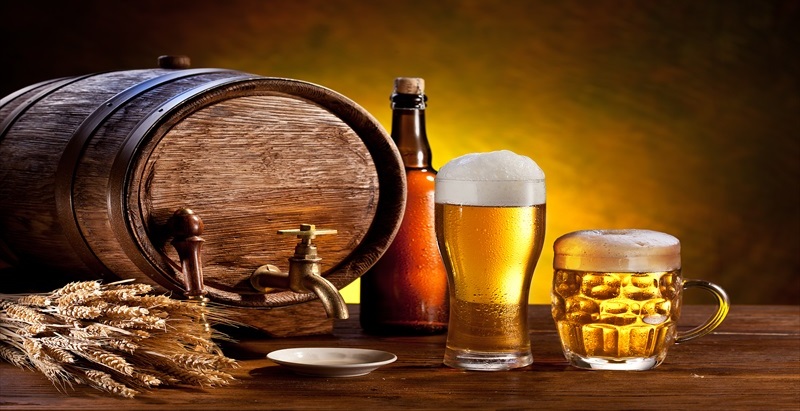Golden Age of Dutch Brewing-Amsterdam Brewery Tour
While in Amsterdam the other week I was intrigued while on an Amsterdam brewery tour by what my tour guide described as “the golden age of Dutch brewing.” My tour took me around several of the most popular breweries in the city.
However of the 3 that I visited, only one was older than twenty years – De Bekeerde Suster on Nieuwemarkt.
I asked my tour guide if it was possible to take a different Amsterdam brewery tour that included older breweries, but he politely explained that there weren’t any – the majority of independent breweries had been opened during the last 30 years.
Most breweries in the Netherlands are relatively new
Besides those, there are only “The Big Four” – Heineken, InBev, Glrolsch and Bavaria. These mammoth breweries dominate the beer market in the Netherlands, squashing out independent breweries through control of dispensaries and the ability to practice mass production.
Smaller breweries fight for survival, support by PINT – Promotie Informatie Traditioneel Bier – an association dedicated to the preservation and promotion of traditional Dutch brewing methods.
The Golden Age of Dutch brewing
However, as my Amsterdam brewery tour guide explained, Dutch beer did not always require such vigorous defense. The golden age of Dutch brewing in fact lasted considerably longer than the Golden Age of the Dutch Republic. Several factors encouraged a vibrant, thriving, and pluralistic brewing industry.
Perhaps the most important were the health benefits posed by beer to citizens of the Netherlands during the middle-ages. During this period beer was drunk in some cases more commonly than water.
The alcohol content was much lower, but the presence of alcohol in the beverage made it far less likely to be contaminated by water borne diseases such as cholera. This meant that access to beer was vital for people of all ages, wealth and status. By the beginning of the Dutch Golden Age, breweries had proliferated – even the smallest village would have at least one.
Amsterdam at the heart of the rise of Dutch breweries
In Amsterdam brewing particularly benefitted from the city’s domination of the Dutch economy. Only Amsterdam was permitted to import specialist beers, effectively creating a monopoly for the city in the beer trade. The result was a huge expansion of the beer market in Amsterdam, and an influx of new ideas about brewing methods.
Furthermore, although beer was heavily taxed (and considered an important source of revenue by the Dutch Government), rising per capita wealth meant that breweries competed for the business of a very large consumer domestic consumer market.
The decline of the Dutch beer market
These perfect conditions began to deteriorate around the end of the Dutch Golden Age. By 1800, Dutch breweries were facing serious problems. Breweries used labor intensive and inefficient methods of production.
The decline of the Golden Age meant declining per capita wealth in The Netherlands, and many of the Dutch people began to turn to cheaper alternatives. Industrialized methods of production and transportation put Dutch breweries in competition with large-scale foreign competitors.
In our next article, we will examine the decline of the craft beer market in the Netherlands and some of the ways in which it is recovering.


